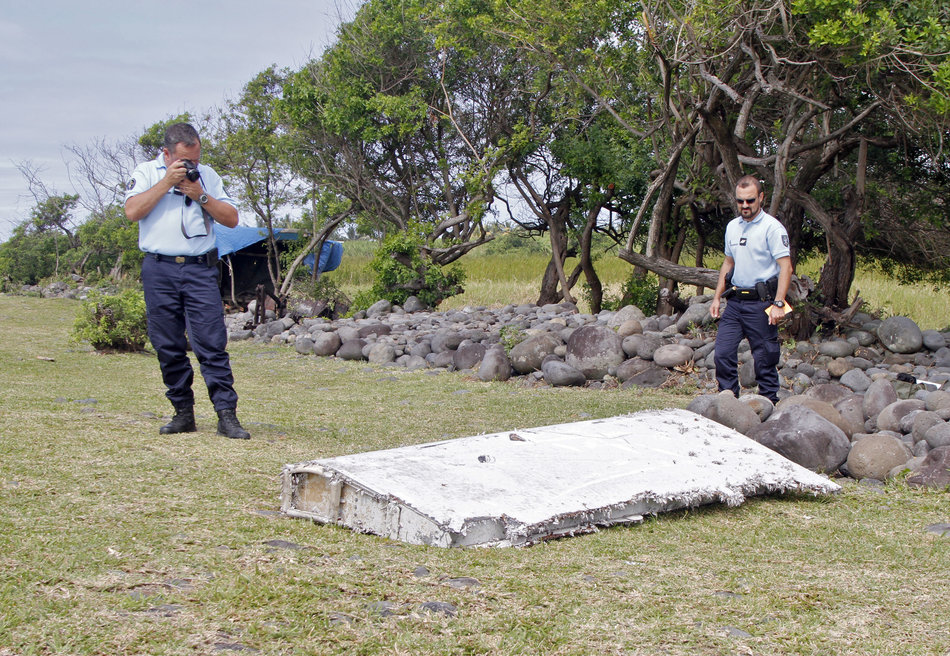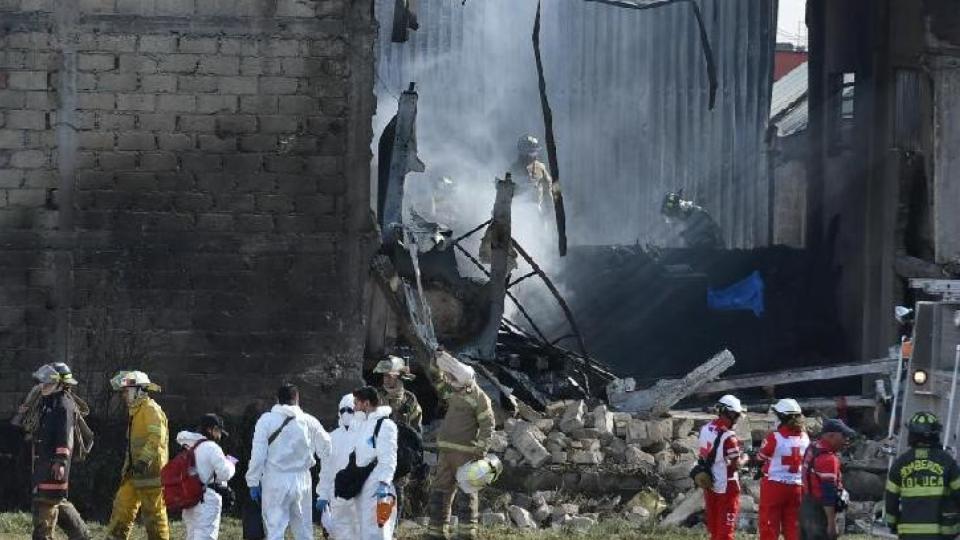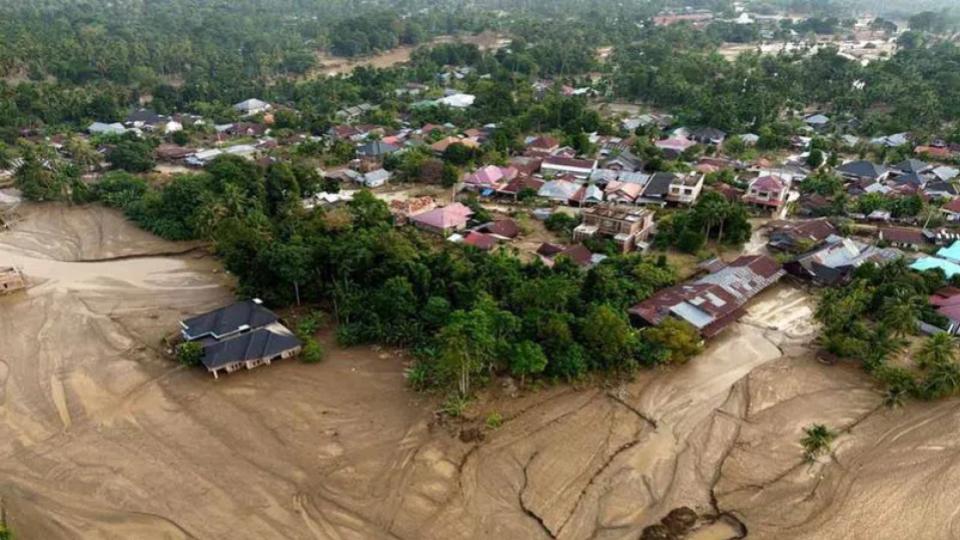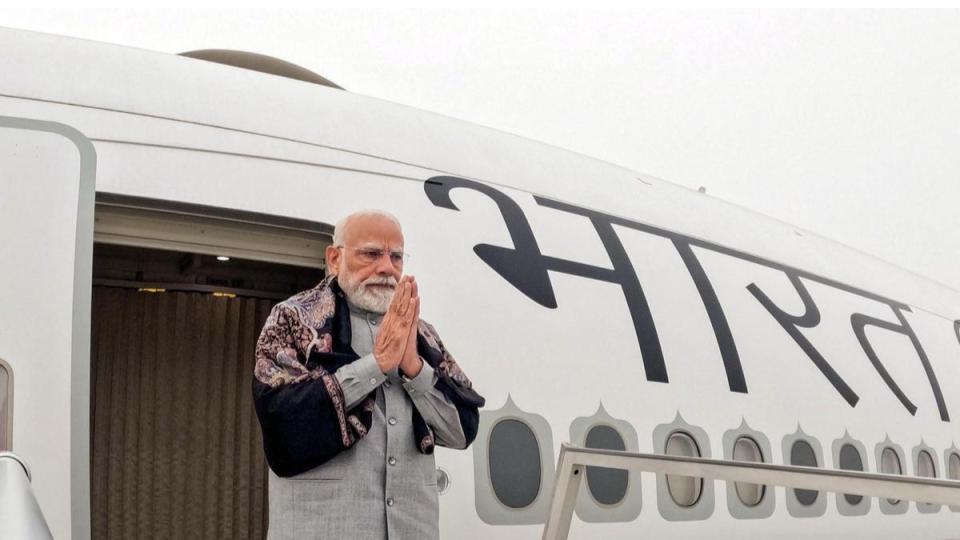Malaysian Airlines flight MH370 'had no one at the controls when it dove into the Indian Ocean' and disappeared with 239 passengers and crew on board
Wed 02 Nov 2016, 09:28:07

MH370 disappeared in March 2014 with 239 passengers and crew
Malaysian Airlines flight went down in the Indian Ocean, experts believe
Zaharie Ahmad Shah, the pilot, had been speculated by some theories
Analysis shows MH370 probably went down uncontrolled
Experts believe the Boeing 777 went down without human intervention
No one was controlling MH370 when it plunged into the ocean, a new report has suggested.
The Australian Transport Safety Bureau's latest examination of outboard wing flap debris has concluded it was 'most likely' not in an extended position when the plane went down.
The fresh analysis gives weight to the theory no-one was at the helm of the aircraft and reduces the possibility pilot Zaharie Ahmad Shah may have deliberately downed the plane.
The flaperon, confirmed to be from MH370, washed up on Reunion Island off the eastern coast of Africa (pictured on discovery in July 2015)
The fresh analysis reduces the possibility pilot Zaharie Ahmad Shah (pictured) may have deliberately downed the plane
Search director Peter Foley told reporters on Wednesday the results of the analysis, released on Wednesday, suggests the plane went into an uncontrolled dive.
'[It] means the aircraft wasn't configured for a landing or a ditching - you can draw your own conclusions as to whether that means someone was in control,' Mr Foley told reporters in Canberra.
'You can never be 100 per cent, we are very reluctant to express absolute certainty.'
The ATSB search update also covers analysis of satellite data, preliminary results from drift modelling and end-of-flight simulations.
An analysis of the plane's final communications to and from the satellite has been found to be
'consistent with the aircraft being in a high and increasing rate of descent at the time', the report said.
'consistent with the aircraft being in a high and increasing rate of descent at the time', the report said.
Both results validate the search area and supports the long-held theory MH370 went down without human intervention.
In recent months, critics have increasingly been pushing the alternate theory that someone was still controlling the plane in its final moments. If that was the case, the aircraft could have glided much farther.
The Beijing-bound Malaysia Airlines flight disappeared with 239 passengers and crew shortly after taking off from Kuala Lumpur in 2014.
The aircraft went down somewhere in the Indian Ocean off the Western Australian coast, experts believe.
Authorities won't finish scouring the final 10,000 square kilometres of the 120,000sq/km search zone area until January because of difficult weather conditions.
So far more than 20 pieces of debris have been found along the east and south coast of Africa and the east coast of Madagascar and the islands of Mauritius
Malaysia, China and Australia agreed in July that, in the absence of credible new evidence pointing to the plane's location, the search would be suspended after that.
A group of international and Australian experts have gathered in Canberra to review all evidence.
So far more than 20 pieces of debris have been found along the east and south coast of Africa and the east coast of Madagascar and the islands of Mauritius, Reunion and Rodrigues.
Transport Minister Darren Chester said authorities remained hopeful the aircraft would be found.
He emphasised the difficult conditions of the search zone, pointing out there were canyons and ravines four to six kilometres deep under water.
'It's tested the limits of human engineering excellence and technical capacity,' Mr Chester said.
No Comments For This Post, Be first to write a Comment.
Most viewed from International
Most viewed from World
AIMIM News
Latest Urdu News
Most Viewed
May 26, 2020
Can Lionel Messi's visit boost Indian football?
Latest Videos View All
Like Us
Home
About Us
Advertise With Us
All Polls
Epaper Archives
Privacy Policy
Contact Us
Download Etemaad App
© 2025 Etemaad Daily News, All Rights Reserved.













.jpg)























.jpg)
.jpg)
.jpg)


